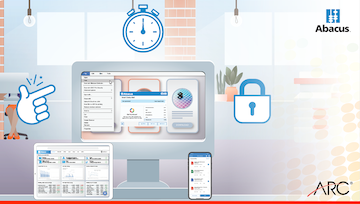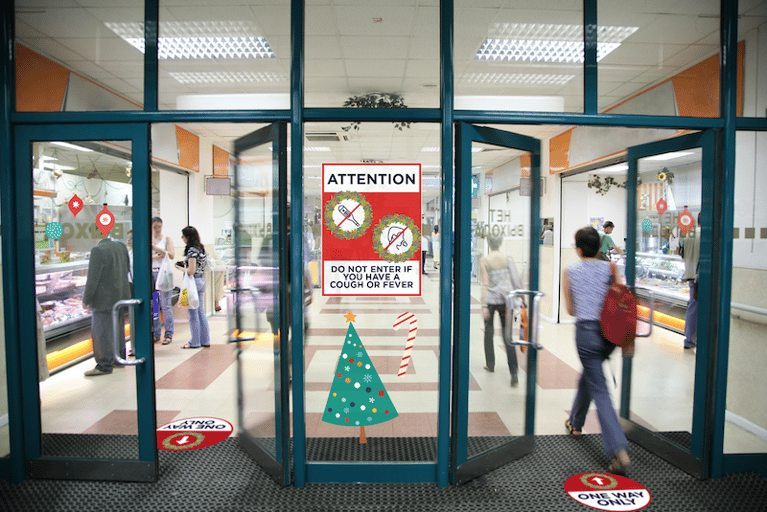In construction, anything you can do to improve communication on the job site is a big win.
That’s essentially why we made sure our linking services provide discrepancy reports—to make sure our customers could communicate better.
By identifying design and construction issues in the plan set, our discrepancy reports save you from the expense of RFIs, change orders, and reworks. But how does it work?
Linking Services—Backed by Decades of Knowledge
For any business, technology unlocks all kinds of competitive advantages, but only if it’s implemented strategically.
That’s why we lean on construction experts to help deploy our linking services. That way you get the speed and efficiency of technology and the accuracy of meticulous construction document experts.
Our discrepancy reports provide a powerful example of how this combination of construction and technical expertise leads to project efficiencies. In short, the discrepancy report summarizes all the design and constructability flaws that our technology and document experts have found.
As a result, you can get in front of potential issues before it’s too late, streamline the RFI process, avoid costly reworks, and ensure consistency even as your plans grow and change.
To see how this works in the real world, keep reading to see two examples of issues a discrepancy report can highlight.
Discrepancy Report Example #1: Record Drawings and Plan Set Consistency
One of the challenges with construction projects is you have many different types of experts whose knowledge you rely on.
For example, let’s say an engineer is designing an auditorium lobby ceiling with new HVAC units above it. The engineer specified a certain type and design of HVAC units to place above the ceiling. Seeing the specs, the contractor ordered the specified HVAC units.
Later, when it’s time to install the units, the contractor realized they don’t fit. The space above the ceiling is too narrow. But the units were already ordered and the new ceiling was in place. So someone has to eat the cost of the HVAC units.
Had the engineer measured the ceiling, or simply looked at the building’s record drawings, he wouldn’t have specified those HVAC units.
With a discrepancy report, you’d have far better visibility into the disconnect between the record drawings and the plan set. You’d be able to quickly see these kinds of issues summarized in a single report before any work is done.
Discrepancy Report Example #2: Fewer Omissions, Fewer Change Orders
In the construction world, errors and omissions are a cost of doing business. But that doesn’t mean you can’t control and reduce that cost significantly.
For example, imagine a project designer omits the fact that there needs to be a sidewalk between two buildings in a project. If that omission isn’t caught early, it will—at the very least—slow down the project.
Plus, it’ll lead to inaccurate cost and scheduling projections, leading to a domino effect that could become quite costly.
But with an extra set of highly knowledgeable eyes and robust technology, a discrepancy report helps you eliminate more of these kinds of errors.
Learn More About ARC’s Linking Services and Discrepancy Reports
The list of the types of errors and omissions that ARC’s discrepancy reports help you avoid could go on. But to truly see how this powerful tool can make a difference for your business, you’ll need to try it.
So take a few minutes to learn more about ARC’s Linking Services. If you have any questions, you can speak with an expert using the chat window in the lower right-hand corner of that page.





